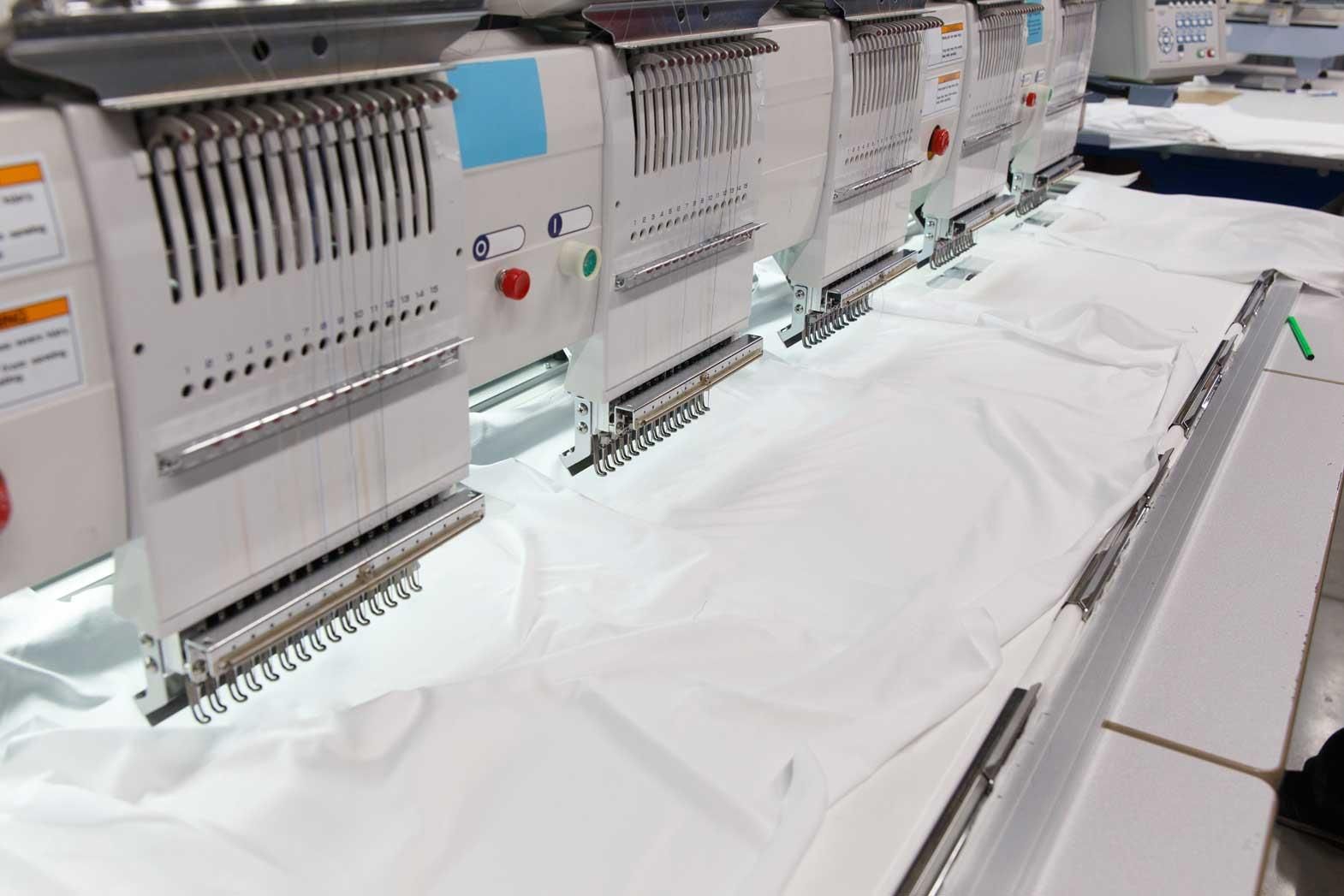The weakening exports of Europe amid the ongoing financial crisis, clothing and textile companies in Mauritius are looking to South Africa to recoup sales. The South African market is rising which is benefiting directly local textile operators, says a leading Mauritius garment exporter. This family-owned company, which employs 1,600 workers, is now exporting 45% of its total production to South Africa. Today, it manufactures 15m pieces annually.
The [southern] African market has the added advantage of being tax-free for our exports as Mauritius is an active member of the Southern African Development Community (SADC). We also enjoy a lead time which is rather short given our proximity to the market (four hours by flight to Johannesburg), added Parkar, whose group last year declared a turnover of MUR900m (US$28.6m).
Mauritius is already ranked as South Africa's second-largest supplier of exported textile products after the European Union. Latest figures reveal that the value of the Indian Ocean island's exports to South Africa have increased from MUR3.5bn (US$112.2m) in 2010 to MUR4.6bn (US$ 147m) in 2011 and MUR6.2bn (US$ 198.8m) in 2012. Only in one year, local textile units have increased to the tune of MUR1.6bn their total exports to South Africa, noted Danielle Wong, the Mauritius Export Association's long-standing and outgoing director.
The South African market is to be considered seriously and positively by local entrepreneurs as Europe is undergoing an economic slowdown which is impacting negatively on our textile exports. Our exporters should take advantage of this market by increasing their visibility, said the garment exporter.
Fewer Seasonal Fluctuations
De Spéville thinks this figure will certainly rise in the future. However, he is convinced that South Africa will never be in a position to substitute Europe even in the medium or long-term. Europe will always be our biggest market as far as textile exports are concerned, he insisted. And some industry figures reveal that South Africa, itself a (richer) emerging market, is not a sure bet, with a resource-heavy economy whose wealth is strongly influenced by global commodity markets. The South African Rand in particular is prone to fall against major international currencies, offering slimmer pickings to exporters. But despite this, some companies have already ignored Europe. Mauritius Palmar Group, based in the north of the island, has for years exported all its production to South Africa, giving it a head start in a growing market.
This article was originally published in the Stitch Times magazine, June, 2013 issue.








Comments